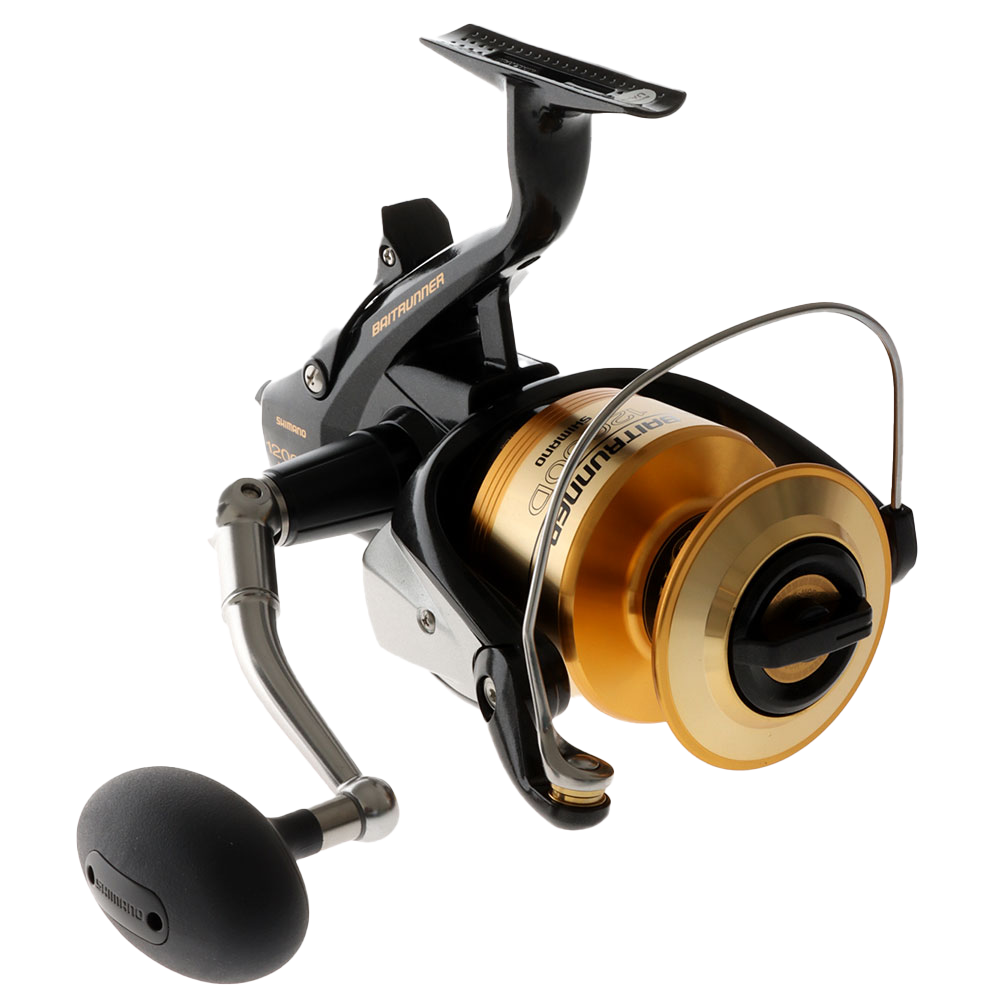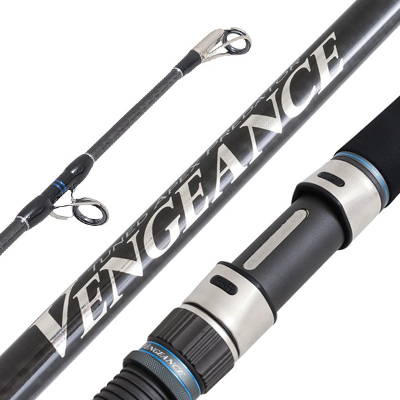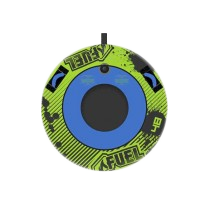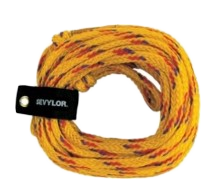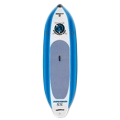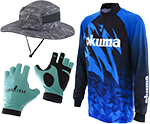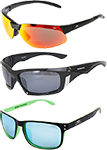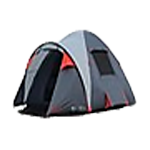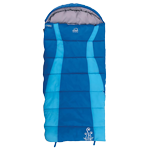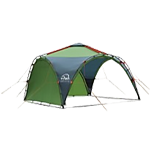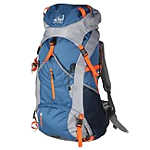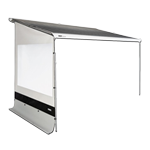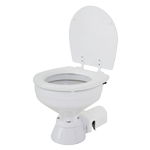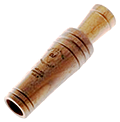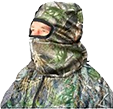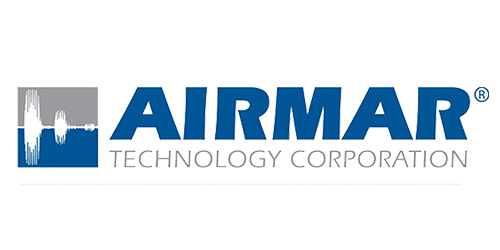Airmar SS75C-0-H-0 600W Stainless 0 degrees Tilt Thru-Hull CHIRP
High Frequency Bare Wires
High Frequency 130 kHz - 210 kHz, Depth and
Temp
Airmar's new Broadband / CHIRP transducers represent the next
generation of technology that will allow fishermen to unlock new
secrets in fishfinding. Echosounder operation away from the
traditional 50 kHz and 200 kHz has proven that different fish
species return better signals at various frequencies. Airmar's
Broadband Transducers are capable of operating over a wide (or
Broad) frequency band ranging from 25 kHz to 60 kHz and from 130
kHz to 210 kHz.
Traditional fishfinders transmit a pulse at a single-frequency
(50 kHz or 200 kHz) which is often referred to as a tone burst.
Better deep-water and bottom detection is obtained by transmitting
a longer pulse, because the fishfinder is delivering more energy to
the transducer. However, the drawback of a long pulse is that it
provides reduced target resolution. For example, if a fishfinder
transmits a pulse that is 500 microseconds in duration, it has a
pulse length of 0.7 m (2.4'). With a tone burst, no targets can be
resolved that are closer to one another than the pulse length. So
fish less than 0.7 m (2.4') apart, or less than 0.7 m (2.4') from
the bottom, can not be detected. Fish schools will appear in this
case as a single large mass, while fish close to the bottom will
appear attached to the sea bed and will be difficult or impossible
to detect.
With CHIRP the transmission pulses are typically very long and
may start at 40 kHz and end at 60 kHz. By comparing the shape of
the stored transmission pulse with the received echoes from the
transducer, it is possible to find echoes in the noise and
precisely determine their range with astounding accuracy (see
photo). Using CHIRP it is now possible to obtain:
Features:
- Much greater range because very long pulses can be used.
- Much better resolution because the sonar pulse is swept across
a frequency band (from 40 kHz to 60 kHz, for example).
- Enables targets to be precisely located within inches on the
display using pattern matching techniques.
- Closely spaced fish and fish laying on the bottom can be
accurately detected and displayed as distinct targets.
Because weak fish and bottom echoes can be resolved within the
noise (the snow' on a conventional fishfinder display), it is
possible both to detect targets at far greater depths than before
and track the bottom at higher boat speeds.
Features:
- Operating frequencies:
-
- B75L-Chirps from 40 kHz to 75 kHz
- B75M-Chirps from 80 kHz to 130 kHz
- B75H-Chirps from 130 kHz to 210 kHz
- Beamwidth (Adjustable):
- B75L-40 degrees to 21 degrees
- B75M-24 degrees to 16 degrees
- B75H-15 degrees to 9 degrees
- 12 m (40') cable
- Depth and fast-response water-temperature sensor
- Same elements and performance as the B765LH/LM offered in a
low-profile housing
- Stainless Steel transducer housing
- Boat Size: Up to 8 m (25')
- Hull Type: Steel or Aluminum











